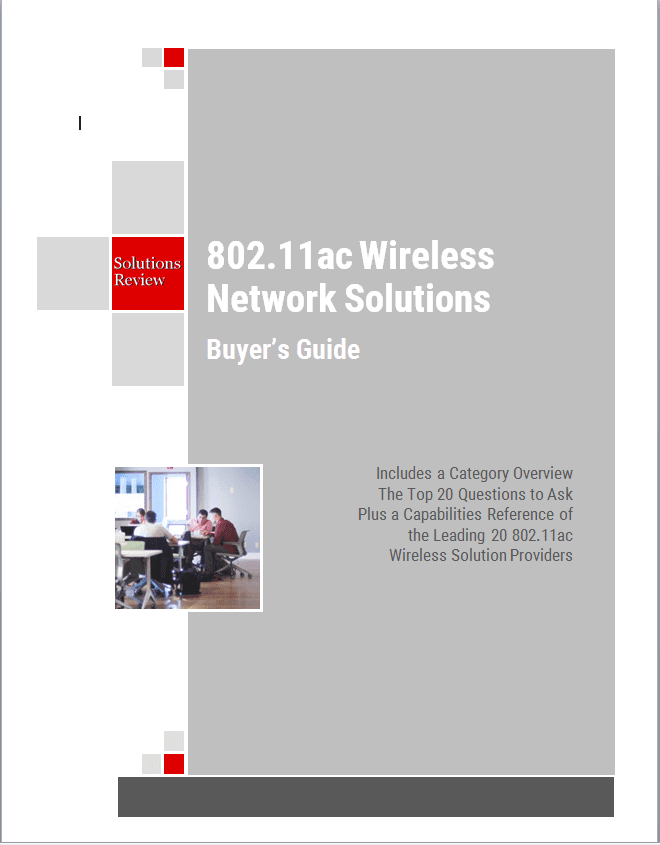802.11ac Wave 2 on Track to be the Highest Shipped Wi-Fi Standard

According to a report published by the Strategy Analytics RF and Wireless Componant Services (RFWC), the 802.11ac Wave 2 wireless standard continues to rapidly gain traction and is well on it’s way to becoming the highest shipping Wi-Fi standard yet.
Christopher Taylor, Director of RFWC says, “802.11ac Wave 2 with MU-MIMO provides significant benefits to users and a better Wi-Fi user experience compared to 802.11n and 802.11ac Wave 1, but works best when both ends of the Wi-Fi connection have Wave 2 capable radio chips. With the efforts of Qualcomm and other chip suppliers, more than 60 mobile device models with 802.11ac Wave 2 have now reached the market, and Wi-Fi equipment vendors have embraced Wave 2 for residential and enterprise Wi-Fi infrastructure applications.”
David Watkins, Director of the Strategy Analytics Connected Home Devices service, added that “Hundreds of millions of Wave 2-enabled mobile devices will ship in 2016, leading to sales of tens of millions of Wave 2 routers and related infrastructure through 2017.”
This notion that the mobile devices that are Wave 2-enabled will have an impact on the sales of Wave 2 networks and access points. As we move to a mobile way of life in the enterprise, the justification of not converting to 802.11ac Wave 2 is no longer a viable reason to hold off on over hauling a current, dated wireless infrastructure. People are going to be bringing their own devices, most of which will be Wave 2-capable. With these extra devices in the network, it is no longer practical or efficient to stick with dated wireless technology.
What makes 802.11ac so necessary for enterprises is it’s far superior bandwidth. With employees implementing three devices a piece, the theoretical hallway that is your bandwidth can get so crowded at times that no one can pass through, leaving most of your employees with internet speeds so slow, that they can’t get much done. 802.11ac allows for figurative space between devices as they go about their business so they can pass each other in the wider hallway without slowing down.
This news has come off of concern that 802.11ac may get passed over as the wireless standard because 802.11n is not performing badly and fully utilizing 802.11ac requires upgrades to devices. What’s important to understand is that you need to lay the tracks before the train comes. While most devices that you have may only be a few years old, they do not have 802.11ac wireless capabilities. However they 802.11ac may offer those devices a more stable connection, and will be hugely beneficial as you slowly begin to upgrade the devices that need to be upgraded and BYOD becomes a staple in your corporate policy.




![[VIDEO] The Top 15 VPN (Virtual Private Network) Providers](https://solutionsreview.com/wireless-network/files/2020/09/oie_FSoMPtJs9A1E-550x325.jpg)















